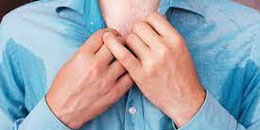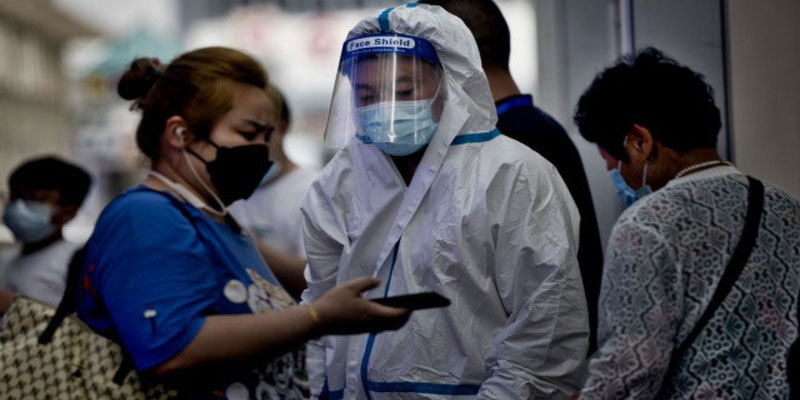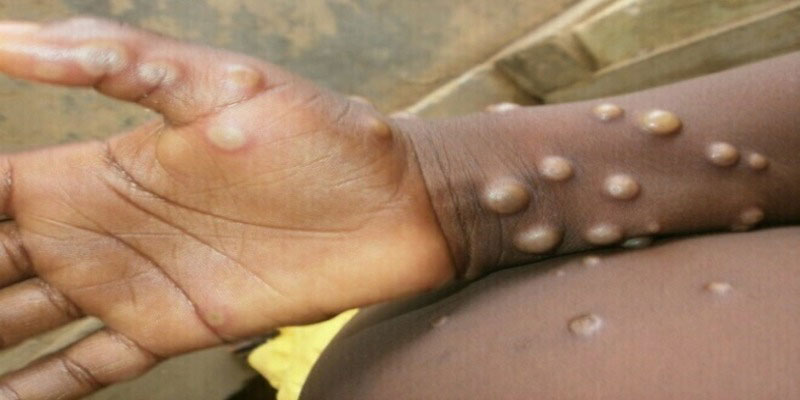Excessive sweating in localized places (focal hyperhidrosis) is a medical disorder. It's not uncommon, but the humiliation, fear, and physical pain it may cause can seriously compromise a person's quality of life in social situations. In this case, no underlying medical disease or environmental factors contribute to excessive sweating, and it happens even when the body is at rest. Overactive sympathetic nerves, which regulate the sweat glands, are considered to be at the root of focal hyperhidrosis. Antiperspirants, Botox injections, iontophoresis, and surgery are some options for treatment. A dermatologist or primary care physician may diagnose based on the patient's symptoms and a physical examination. Products that reduce perspiration, loose, breathable clothes, avoid precipitating factors and have a support system are all options for people with focal hyperhidrosis.
Overview Of Focal Hyperhidrosis
Focal hyperhidrosis, also called primary focal hyperhidrosis, causes an individual to sweat excessively in localized parts of the body. These areas may include the palms and soles of the feet, the underarms, the forehead, and the hairline. In addition to occurring even while the body is at rest, this excessive sweating is unrelated to any underlying medical issue or environmental influences.
Causes Of Focal Hyperhidrosis
The exact cause of focal hyperhidrosis is not fully understood, but it is believed to be related to overactive sweat glands. The condition is thought to be caused by the overactivity of the sympathetic nervous system, which controls the sweat glands.
Symptoms Of Focal Hyperhidrosis
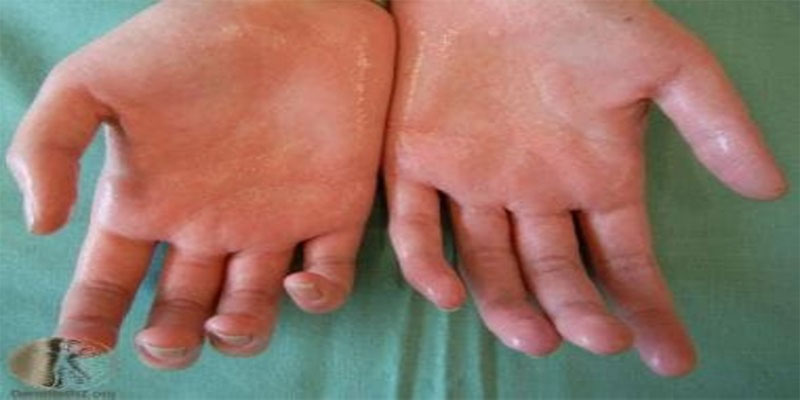
The main symptom of focal hyperhidrosis is excessive sweating in specific body areas, even when the body is at rest. This excessive sweating can occur several times daily and may be severe enough to soak through clothing. Other symptoms may include:
Damp Palms And Soles Of The Feet
- Frequent need to change socks and shoes
- Difficulty holding objects due to sweaty palms
- Social anxiety or embarrassment due to excessive sweating
- Odor due to bacteria growing on the skin
- IV. Diagnosis of Focal Hyperhidrosis
Focal hyperhidrosis is usually diagnosed by a dermatologist or primary care physician based on the symptoms and a physical examination. The physician may ask about the frequency and severity of the sweating and any other related symptoms. They may also use a special starch-iodine test to measure sweating in specific body areas.
Treatment Of Focal Hyperhidrosis
There are several treatment options available for focal hyperhidrosis, including:
- Antiperspirants: These products contain aluminum chloride, which helps to block the sweat glands and reduce sweating. Antiperspirants are applied to the affected area and can be used daily.
- Botox injections: Botox is a neurotoxin that can be injected into the affected area to block the signaling of the sweat glands and reduce sweating. The effects of Botox injections typically last for several months.
- Iontophoresis: This treatment involves using a machine to deliver a low-level electrical current to the affected area, which can help to block the sweat glands and reduce sweating.
- Surgery: In severe cases of focal hyperhidrosis, surgery may be recommended to remove the sweat glands from the affected area. This procedure, called thoracic sympathectomy, is usually only recommended for severe cases that do not respond to other treatment options.
Coping With Focal Hyperhidrosis
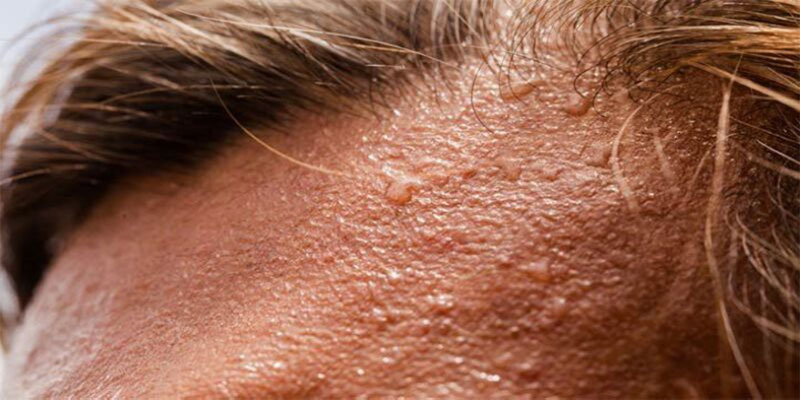
Living with focal hyperhidrosis can be challenging, but several strategies can help to manage the condition:
- Use antiperspirants and other sweat-reducing products: Antiperspirants and other products can help to reduce sweating and improve symptoms.
- Please wear loose, breathable clothing: Tight or synthetic clothing can worsen sweating, so it is important to wear loose, breathable clothing to help manage the condition.
- Avoid triggers: Some people find that certain foods or activities trigger excessive sweating, so avoiding these triggers or limiting exposure to them may be helpful.
- Seek support: Living with focal hyperhidrosis can be emotional.
Conclusion
Hyperhidrosis, also known as excessive sweating, is a common condition that can affect anyone at any age. Various factors, including genetics, hormonal imbalances, certain medications, and underlying medical conditions, can cause it. While hyperhidrosis can be embarrassing and inconvenient, it is a treatable condition. Several treatment options are available, including antiperspirants, Botox injections, iontophoresis, and surgery in severe cases. It is important to seek medical attention if you are experiencing excessive sweating, as it may be a sign of an underlying medical condition that needs to be addressed. Coping with hyperhidrosis may involve using sweat-reducing products, wearing loose, breathable clothing, avoiding triggers, and seeking support. Proper treatment and self-care make it possible to manage hyperhidrosis and improve quality of life.

